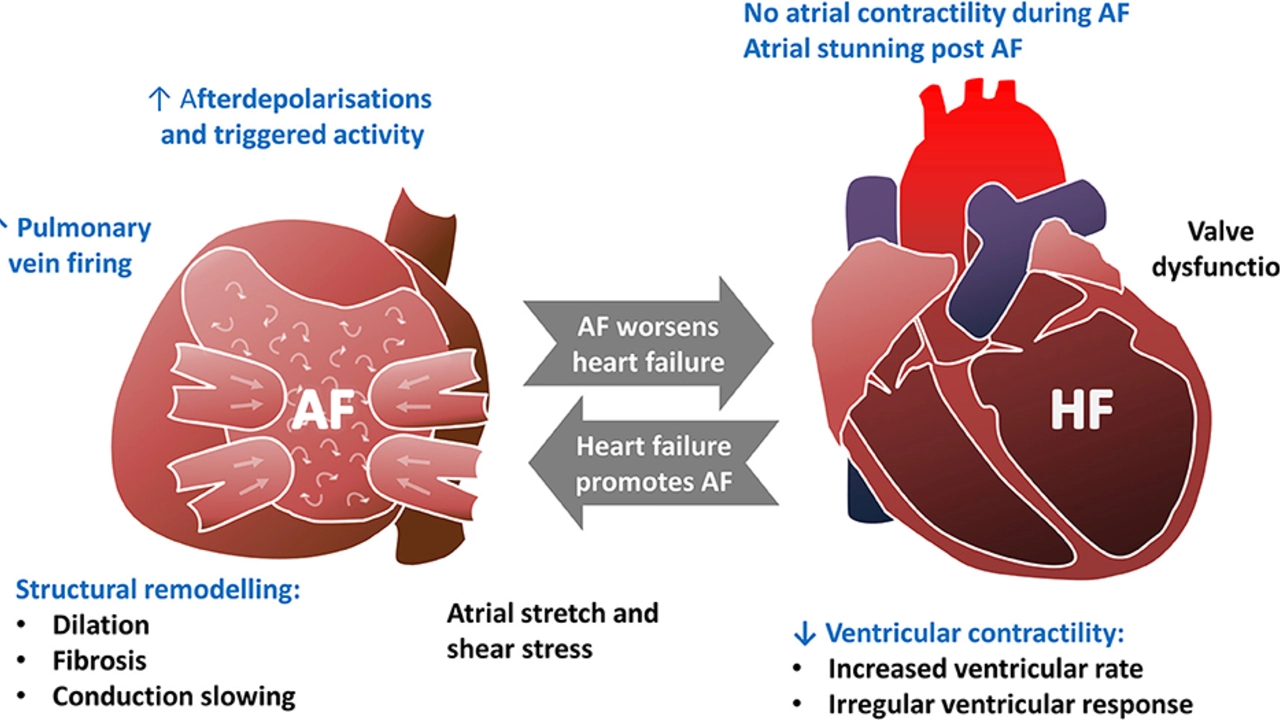Atrial Fibrillation: What You Need to Know Now
Atrial fibrillation (AF) is a common irregular heartbeat that can feel like fluttering, pounding, or no symptoms at all. It raises the risk of stroke and heart failure, so knowing the basics helps you act fast. This page gathers clear, practical advice on spotting AF, medical options, and simple lifestyle steps that actually help.
Spotting AF and first steps
Typical signs include fast or irregular pulse, chest discomfort, shortness of breath, lightheadedness, or extreme tiredness. If you feel sudden severe chest pain or faint, call emergency services. For non-emergency palpitations, try checking your pulse for 30 seconds—if it feels uneven, book a doctor visit. Your clinician will usually order an ECG or Holter monitor to confirm the diagnosis.
Treatment choices and what they mean
Treatment focuses on three goals: control the heart rate, restore or keep a normal rhythm, and reduce stroke risk. Rate control uses drugs like beta-blockers or calcium channel blockers. Rhythm control may involve antiarrhythmic drugs or procedures such as electrical cardioversion or catheter ablation. To cut stroke risk, doctors often prescribe anticoagulants like warfarin or direct oral anticoagulants (DOACs). Each option has trade-offs—talk openly with your clinician about lifestyle, bleeding risk, and monitoring needs.
Some people manage mild AF with lifestyle changes alone. Reducing alcohol, losing excess weight, treating sleep apnea, and cutting caffeine or stimulant use can lower AF episodes. Regular moderate exercise and a heart-healthy diet support long-term rhythm stability. If you smoke, quitting helps both rhythm and overall heart health.
Keep a simple symptom log: note time, activity, what you felt, and how long it lasted. That record helps your doctor adjust treatment. Learn to take your pulse and track medications and side effects. If you’re on anticoagulants, follow dosing and monitoring rules—missed doses or drug interactions can be risky.
Procedures like catheter ablation work well for many people, especially if medications fail or cause side effects. Ablation aims to stop the faulty signals causing AF; recovery varies but many return to normal activity in days to weeks. If you’re a candidate, ask about success rates and possible repeat procedures.
When to call a doctor: new or worsening breathlessness, fainting, rapid heartbeat that won’t slow, or signs of stroke (sudden weakness, slurred speech, facial droop). For routine care, annual reviews with ECG and medication checks keep things steady.
Medications for AF can interact with others you take. Always tell your doctor about supplements, antibiotics, or herbal products. If you travel, carry a list of medicines and your anticoagulant card. Younger people with AF should still get screened for thyroid problems and excess alcohol use. Managing anxiety helps too—panic can mimic or worsen palpitations. Small changes and clear communication with your care team make a big difference. Stay informed and proactive.
Explore related articles on this site for deeper reading—for example, our nitroglycerin guide for chest pain, reviews of online pharmacies for safe medication access, and practical tips on reducing dependence on steroids that can affect heart health. Use this tag page to find focused, practical posts that help you manage AF day to day.
Atrial Fibrillation and Alternative Therapies: Are They Effective?
In my recent exploration of Atrial Fibrillation, a common heart disorder, I've delved into various alternative therapies and their effectiveness. Some of these non-mainstream treatments, like yoga, acupuncture, and herbal supplements, show promise in managing symptoms and improving quality of life. However, it's crucial to remember that they aren't replacements for traditional medical care. Research is ongoing, and while some findings are encouraging, the results are mixed. Always consult with a healthcare provider before starting any alternative therapies for Atrial Fibrillation.






